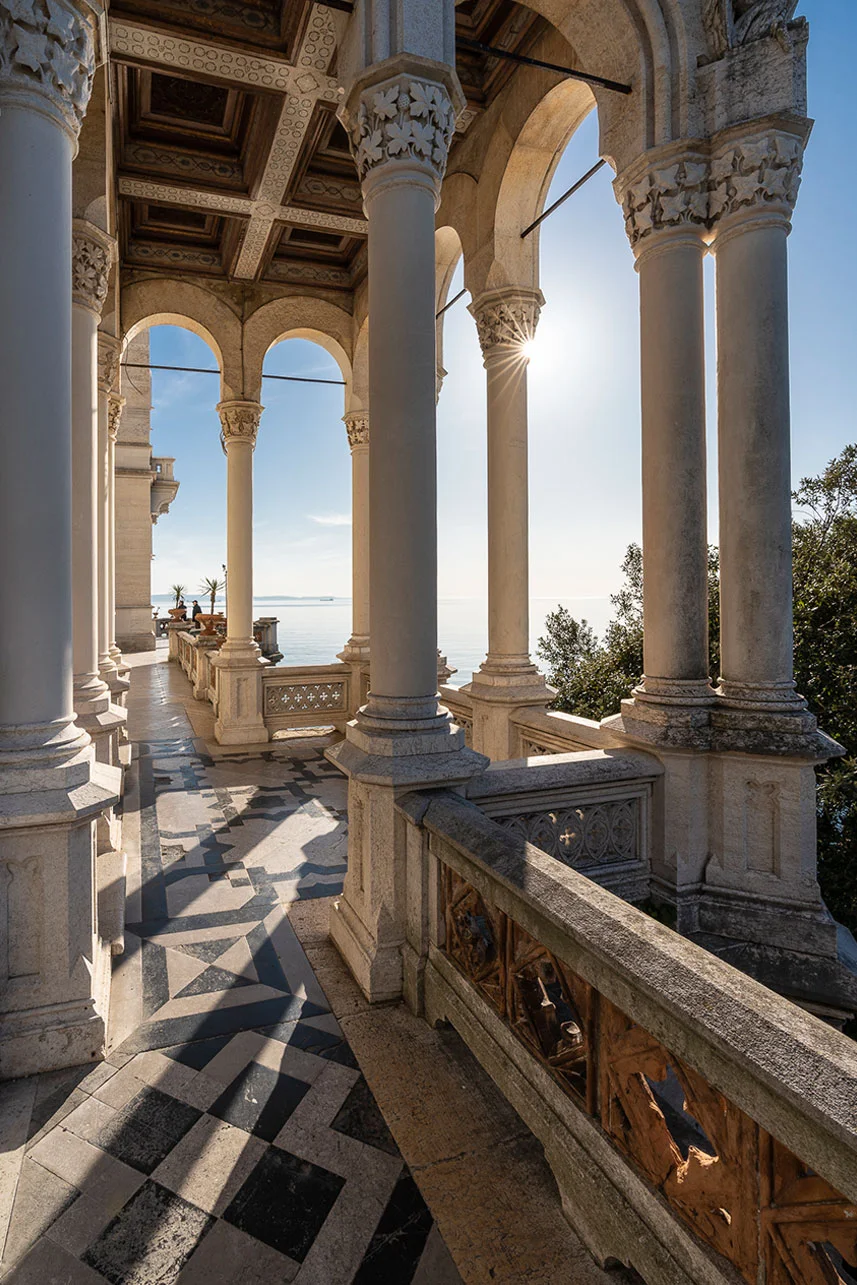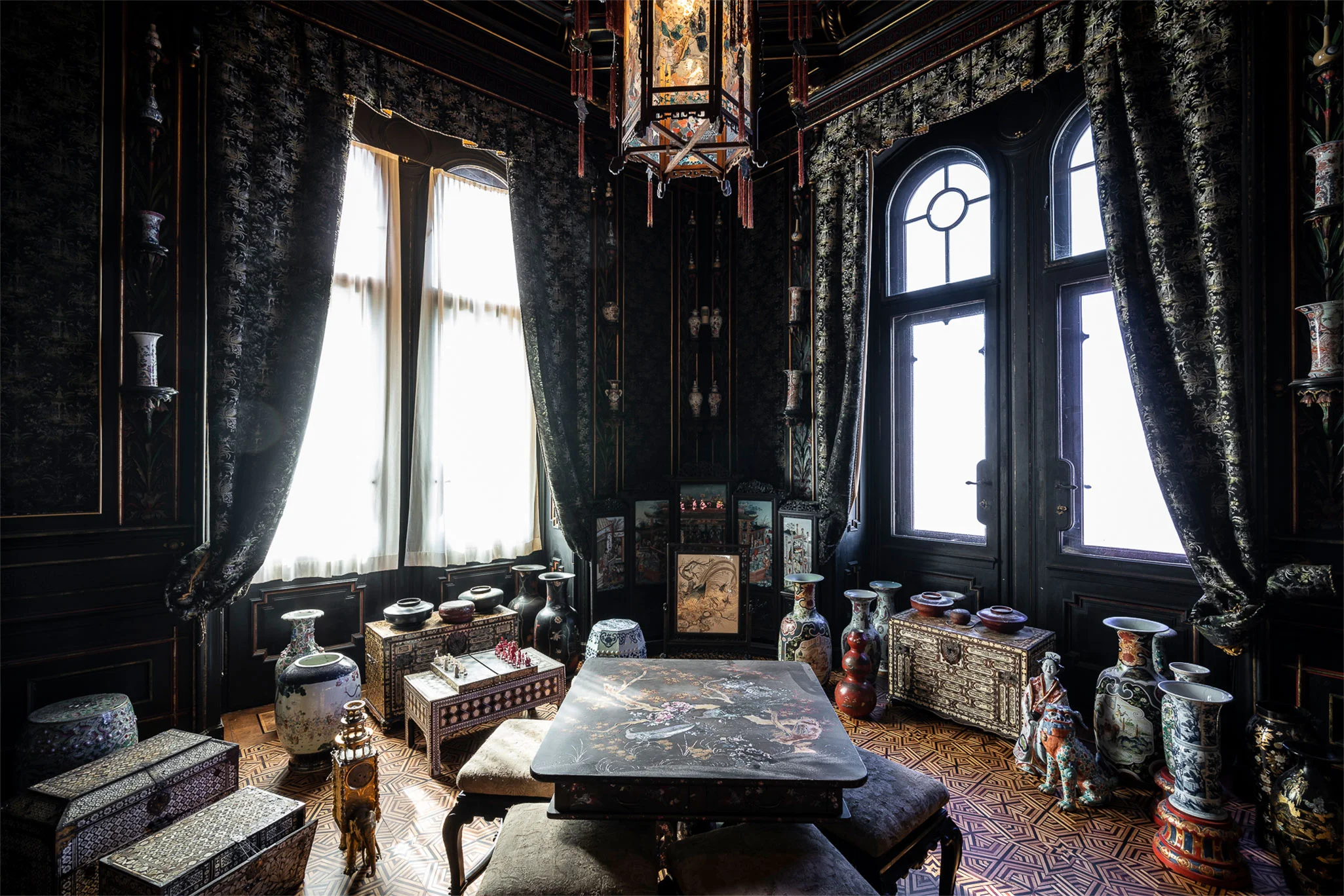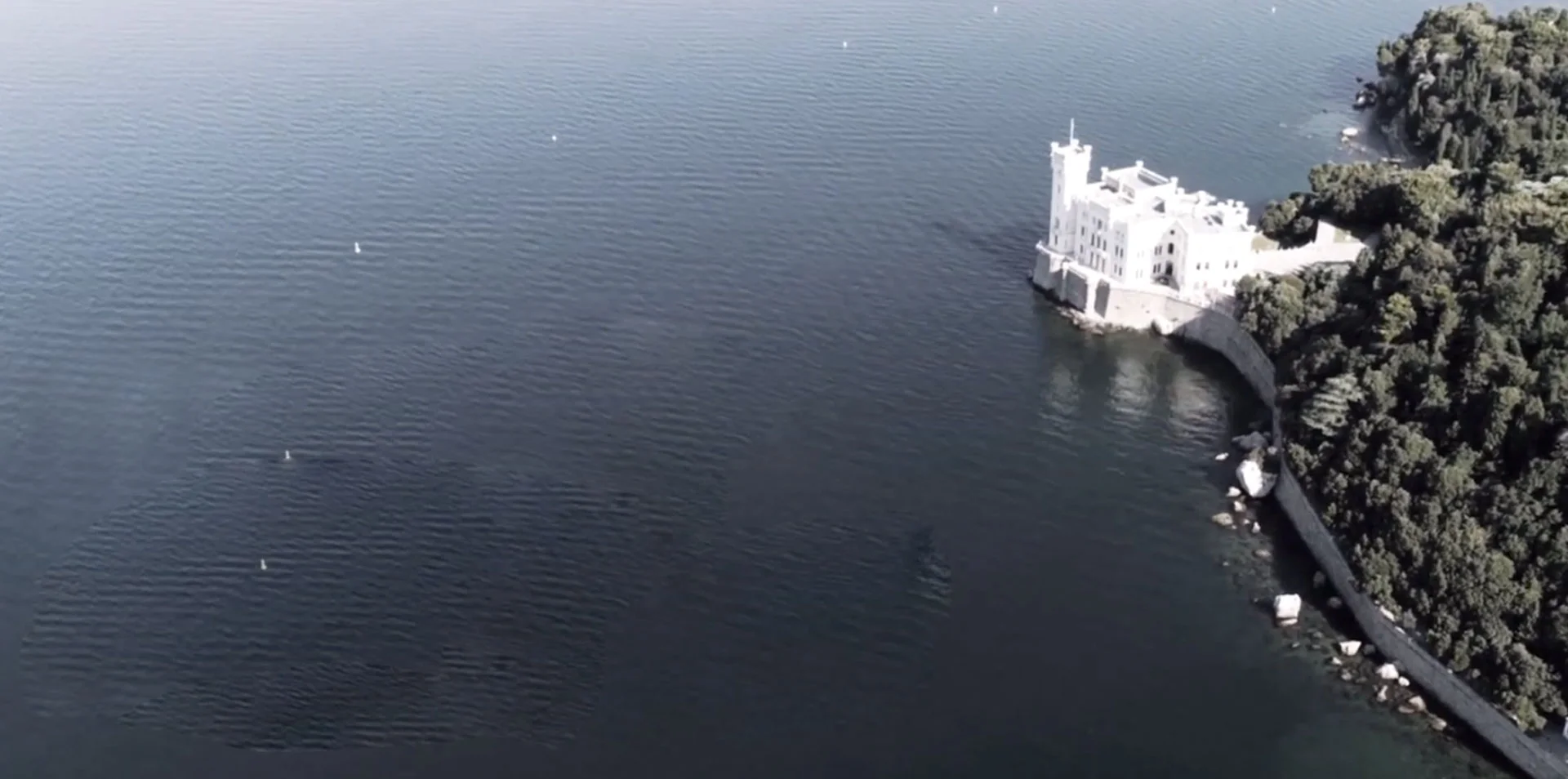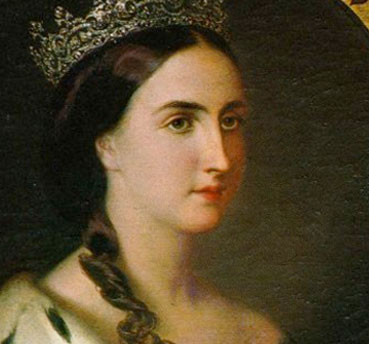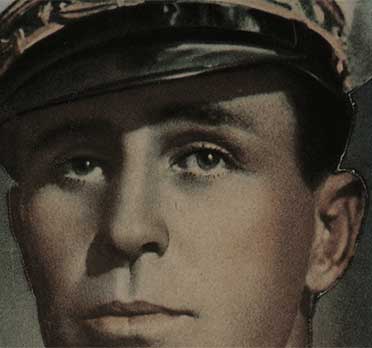In 1867, upon Maximilian’s death and after Charlotte’s departure for Belgium, the castle welcomed the Habsburg family for short periods.
Between 1869 and 1896 there is evidence of at least fourteen stays by Sissi, Empress Elisabeth of Austria and Franz Joseph’s wife, who also stayed in the Castle in September 1882, on the occasion of her official visit to Trieste.
On 22 March 1900, Stephanie of Belgium chose the castle chapel to marry for the second time. The groom was the Hungarian nobleman Elemér de Lónyay. In March 1914 Franz Ferdinand, the heir to the throne, hosted Prussian Emperor Wilhelm there; two months later he was assassinated in Sarajevo. The last Habsburgs present in Miramare were the emperors Charles and Zita, with whom the history of the Habsburg empire ends.
During the First World War, the Castle’s furniture and works of art were taken to Vienna. At the end of the war, the entire Miramare area came under Italian rule, and between 1925 and 1926 Austria returned the complete furnishings under precise agreements with Italy so that the Castle could be turned into a museum.
After the necessary restoration work carried out by the Italian Royal Superintendency, the museum was inaugurated on 24 March 1929. It would later be closed when Duke Amedeo of Savoy-Aosta placed his residence in the castle, living there from 1931 until 1937.
In 1943, during German occupation of Trieste, a school for German army officers was opened in the Castle, while the furniture was removed and stored in various buildings in the city.
In 1945 New Zealand troops settled in the castle, followed by British troops; lastly the Americans, who remained there from 1951 until 1954, when Trieste was returned to Italy under the Memorandum of Understanding signed in London on October 5th of that year.
The Castle, Castelletto and Park became state property again and were therefore renovated by the local superintendency. Based on graphic records and period photos, wood decorations in the rooms were reconstructed and furniture, furnishings, paintings and wall hangings were returned to their original place.
In March 1955, the Park was reopened to the public and, on June 2nd of that same year, the museum now officially named Museo Storico del Castello di Miramare, entrusted to the Superintendence for the Historical, Artistic and Ethno-anthropological Heritage of Friuli Venezia Giulia, was inaugurated.
Today, the Museo storico e il Parco del Castello di Miramare is a state museum of the Ministry of Culture, which has been granted special autonomy since 2016. Since then, a process of renovation, redevelopment, restoration and revision of the museum’s statute and cultural and social mission has begun.
In 2023 all the national museums present in the Friuli Venezia Giulia Region were also incorporated into the Miramare area: the Museo Archeologico Nazionale di Aquileia together with the Museo Paleocristiano and Cripta degli Scavi, the Museo Archeologico Nazionale Cividale, and the Museo Nazionale dell’archeologia subacquea in Grado, which acquired the new status of museums with special autonomy.
Translated with DeepL.com (free version)
MAXIMILIAN OF HABSBURG
1832 – 6 JULY
Ferdinand Maximilian of Habsburg-Lorraine, archduke of Austria and imperial prince, second son of Archduke Franz Karl and Archduchess Sophie, princess of Wittelsbach, was born at Schoenbrunn Palace near Vienna…
CHARLOTTE OF BELGIUM
1840 – 7 June
Princess Marie Charlotte of Saxe-Coburg-Gotha, the youngest and only female child of Leopold I, King of Belgium, and his second wife Louise Marie of Orléans, was born in Laeken…
MIRAMARE AFTER MAXIMILIAN
AMEDEO OF SAVOY
In 1930, the Italian government designated Miramare Castle as the residence of Duke Amedeo of Savoy-Aosta. Alberto Riccoboni, architect of the Regia Soprintendenza alle Belle Arti (Italian Royal Superintendency of Fine Arts) supervised the project for the architectural renovation of the castle…
THE CASTLE
The Castello di Miramare is an elegant ivory-white building that stands on the tip of the karst promontory of Grignano, 10 km from the city of Trieste…
THE PARK
The Park of Miramare is the result of the challenging work conducted over many years by Maximilian of Habsburg on the karst promontory of Grignano…

